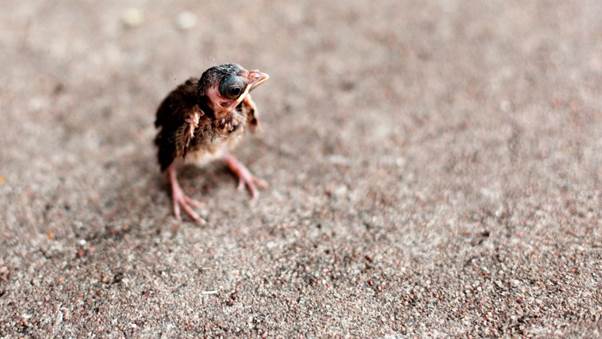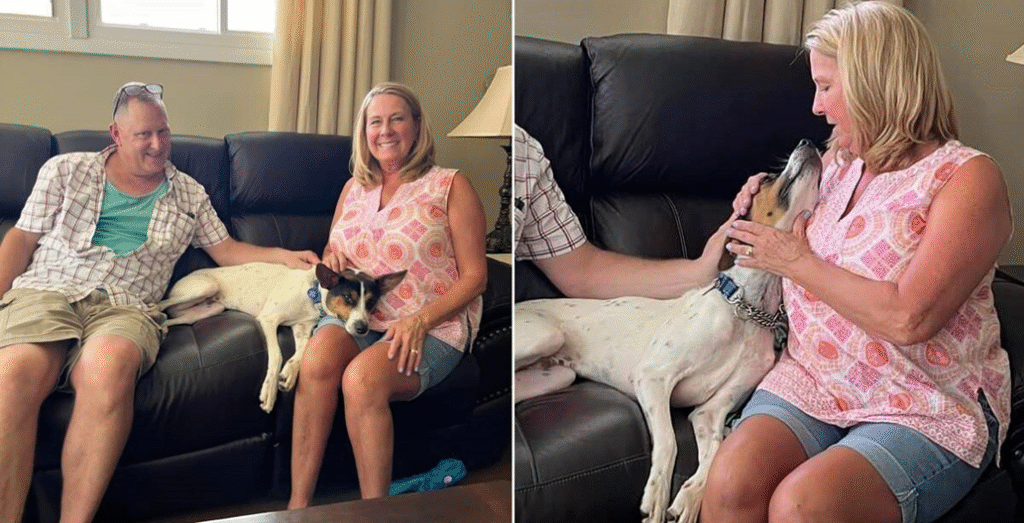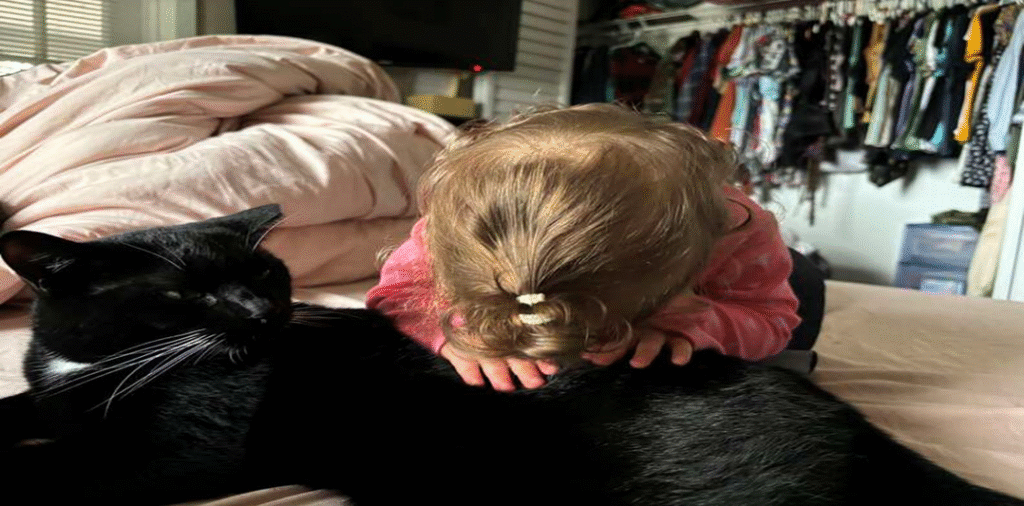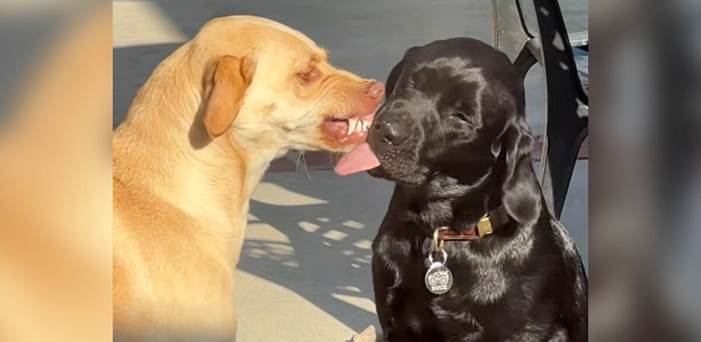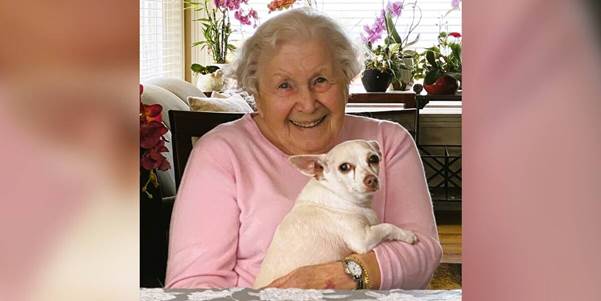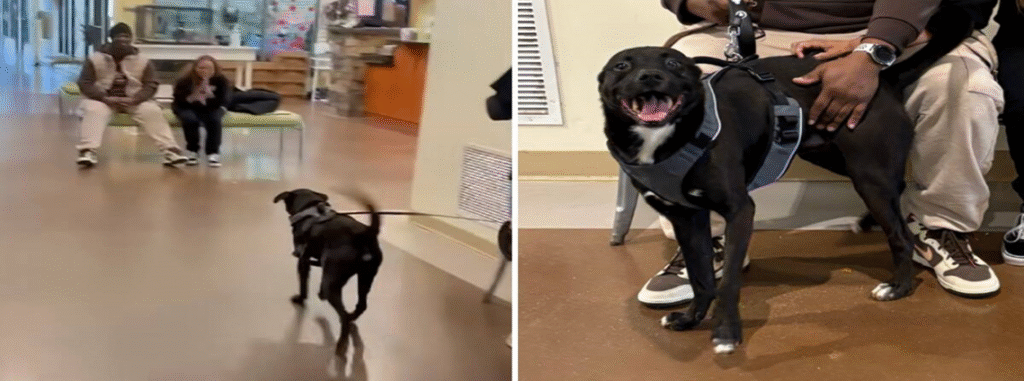Journalist Spots Movement In A Storm Drain — Then Realizes A Tiny Life Needs Her Help
When journalist Maya Henriques set out that sunny afternoon to capture scenes of her city after a brief spring rain, she expected to photograph reflections and light—not a baby bird rescue that would touch thousands of hearts. Her assignment for the day was simple: gather community footage for a feature on local parks recovering from storm flooding. But as Maya and her two young kids crossed a quiet street near the old maple-lined boulevard, something faint caught her attention—a small, frantic movement below the storm grate. At first, Maya thought she was imagining things. The gentle rush of water echoed beneath, but then came a sound—sharp, trembling, and unmistakably alive. Peering closer, she saw a tiny baby bird trapped in the drain, fluttering helplessly in the shallow runoff. “It was heartbreaking,” Maya recalled laterIt must’ve fallen in during the rain and couldn’t get out.” She knew the bird didn’t have much time. The sun was setting, the temperature dropping, and the poor creature’s calls were getting weaker. With her journalist instincts kicking in, she quickly decided this wasn’t going to be a story she merely covered—it was one she was going to change. Unable to reach the bird by hand, Maya and her kids ran to a nearby store. They bought a small handled net, the kind often used for fish tanks, hoping it would be just long enough to scoop the fragile creature from danger. Returning to the spot, Maya gently maneuvered the net through the narrow grate. Her children watched anxiously, whispering encouragements as if the bird could hear them. After several careful attempts, the little lapwing chick—a native ground-nesting bird common in the region—was finally lifted free. For a brief moment, the world stood still. The baby bird trembled in the net, soaked but alive, blinking at the sudden brightness of freedom. Maya placed the chick safely in a small box lined with soft fabric from her camera bag. As they waited to warm it up, faint calls echoed nearby—distinct, rhythmic chirps. She turned toward the sound and realized there were adult lapwings circling a nearby field, their cries filled with urgency. “They’d been looking for their baby,” Maya said. “You could tell by the way they responded when it chirped back. It was like watching a conversation finally reconnect.” Following the sound, Maya and her children carried the box toward the field and placed it on the grass. Within seconds, one of the adult birds swooped low, cautiously approaching the chick. The baby responded with soft, fluttery peeps—and the reunion began. It was a moment of pure joy, the kind that makes the exhaustion and worry fade away in an instant. As a journalist, Maya was used to telling stories about others. But when she uploaded a short clip of the bird rescue story online, she didn’t expect the wave of compassion it would spark. Within hours, her post gathered thousands of likes and shares. Viewers across the world left comments celebrating the act of kindness. “This shows how powerful small actions can be,” one person wrote. “You didn’t just save a bird—you showed your kids what empathy looks like.” Another user added, “It’s stories like this that remind us the world still has good people.” Maya’s clip quickly became one of the most shared animal rescue stories of the year, proving once again that compassion has no boundaries. Experts from a local wildlife rescue center later explained that storm drain rescues are more common than most people think. Birds often nest in shallow areas or low branches, and heavy rainfall can sweep fledglings into gutters and drains. “Many baby birds can survive if rescued quickly,” said Dr. Ellen Price, a wildlife rehabilitator. “But timing is everything. If you find one, don’t panic—call local animal control or a licensed rescue organization right away.” Maya’s quick thinking—and her decision to act safely—gave the baby lapwing a second chance. For Maya, the most profound part wasn’t the online attention. It was what the rescue meant for her children. Watching their mother gently help a creature in need became a powerful life lesson. “I wanted them to see that no act of kindness is too small,” she said. “Even when you think you can’t make a difference, sometimes you’re the only one who can.” In the days that followed, the family revisited the spot. The grate had been cleared, and nearby, the same lapwing pair was seen foraging peacefully with their chick close behind—a living reminder of that day’s compassion. Maya didn’t plan to be a hero. She didn’t even plan to write about the rescue. But when she sat down later that week to file her report, she couldn’t help but include a brief reflection on what happened. “Being a journalist means seeing the world as it is,” she wrote, “but being human means believing it can be better. That little bird reminded me that hope often hides in the smallest, most fragile places.” What started as an ordinary day of photography turned into a life-changing moment of empathy. Thanks to one woman’s quick action and her children’s compassion, a tiny creature that had almost no chance of survival was given a second life—and a family reunion. In a world where headlines often focus on conflict and loss, stories of kindness and rescue remind us that goodness still shines brightest when it’s least expected.
Journalist Spots Movement In A Storm Drain — Then Realizes A Tiny Life Needs Her Help Read More »

